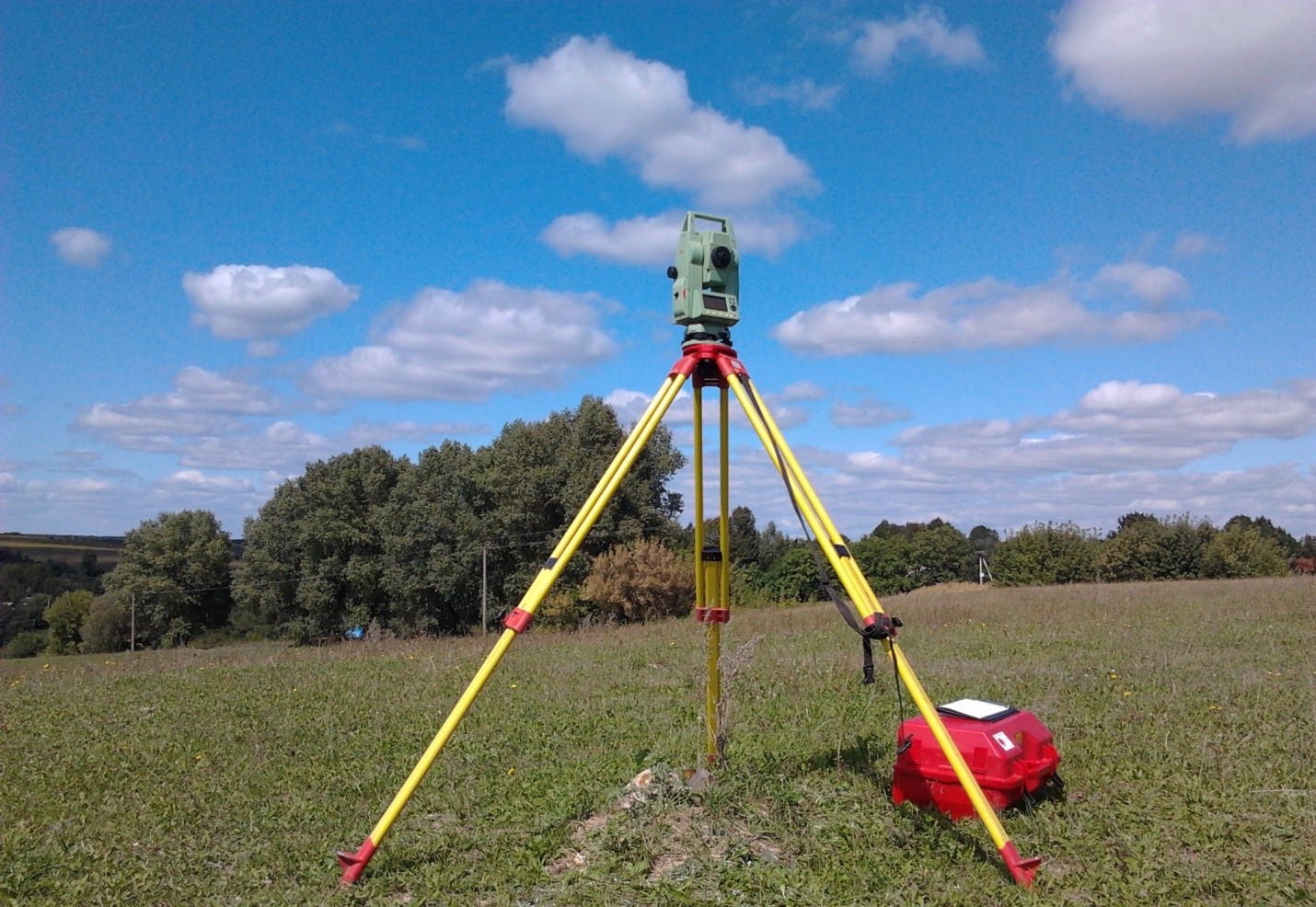Property Surveys: A True Estate Attorney's Primer on the Types and Purposes


Law college doesn't teach much about land surveys online, which leaves a lot of aspiring real house attorneys in some sort of quandary. Surveys usually occupy the key of real estate deals and disputes. In fact, surveys will be central to MOST real-estate matters, which includes land conveyances, boundary disputes, and real estate development. Yet virtually all beginning attorneys be lacking even a basic understanding of the kinds of surveys. Despair not: this particular article provides a good introduction to the types of surveys in addition to their intended uses.
DIFFERENT TYPES ASSOCIATED WITH SURVEYS
The actual type and purpose of the survey can considerably increase the reader's understanding. This is usually quite similar as searching out an air travel window: the spot kilometers below can seem incomprehensive unless you have some idea of just what to expect.
There are roughly four overarching categories of studies: 1) boundary, 2) plat, 3) topographic, and 4) building. Everyone has their own goal the following:
1. Border. Boundary surveys show the location involving lots without dividing them into new properties. The most frequent subcategory is a 'record of survey', which can be the variety located recorded with region auditor's offices. Additional subcategories include 'right of way' (road boundaries), ALTA or ACSM (surveys for land title policies), riparian (water boundaries), and boundary collection adjustment.
2. Plat. Plats depict typically the division of properties. These people essentially take a single property and split it into a couple of or more components. For example, a new plat might produce a subdivision, or perhaps a 'short plat' might create a small subdivision. These kinds of types of research can also show multiple properties which coexist as a new single lot-a residence 'survey map and even plan. '
3. Topographic. Topographic research show the "contours" of the property. The standard and popular "contour" is modification in elevation, generally draw as ranges representative of 2 foot rises or drops. Other popular contours include properties, roads, utilities, rivers, and trees. In contrast to boundary surveys plus plats, topographic surveys online typically do not necessarily give attention to lot outlines, though boundary lines could possibly be included intended for added perspective. A wetlands critical place survey is a good example involving a topographic subcategory.
4. Go to the website . While the name recommends, construction surveys fulfill construction site plus planning needs. They will thus often demonstrate roads, sewer outlines, elevation changes, thunderstorm drain sections, energy lines, building measurements, physical obstruction, and even any other functions about which building contractors should be cognizant. Consider them the survey equivalent to be able to a building's architectural drawings.
Before expressing any survey, initially identify its variety and purpose. Your current clients will be glad with regard to it later.
